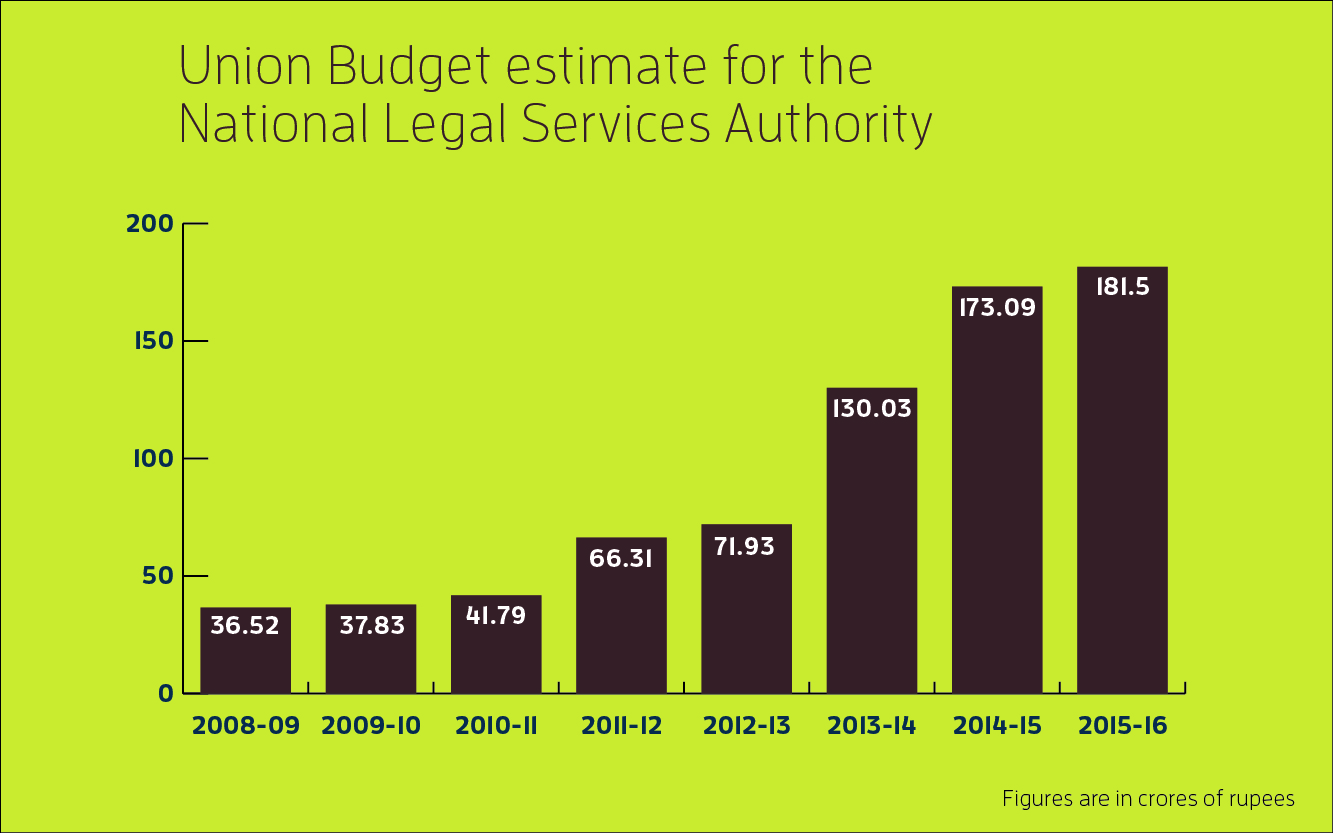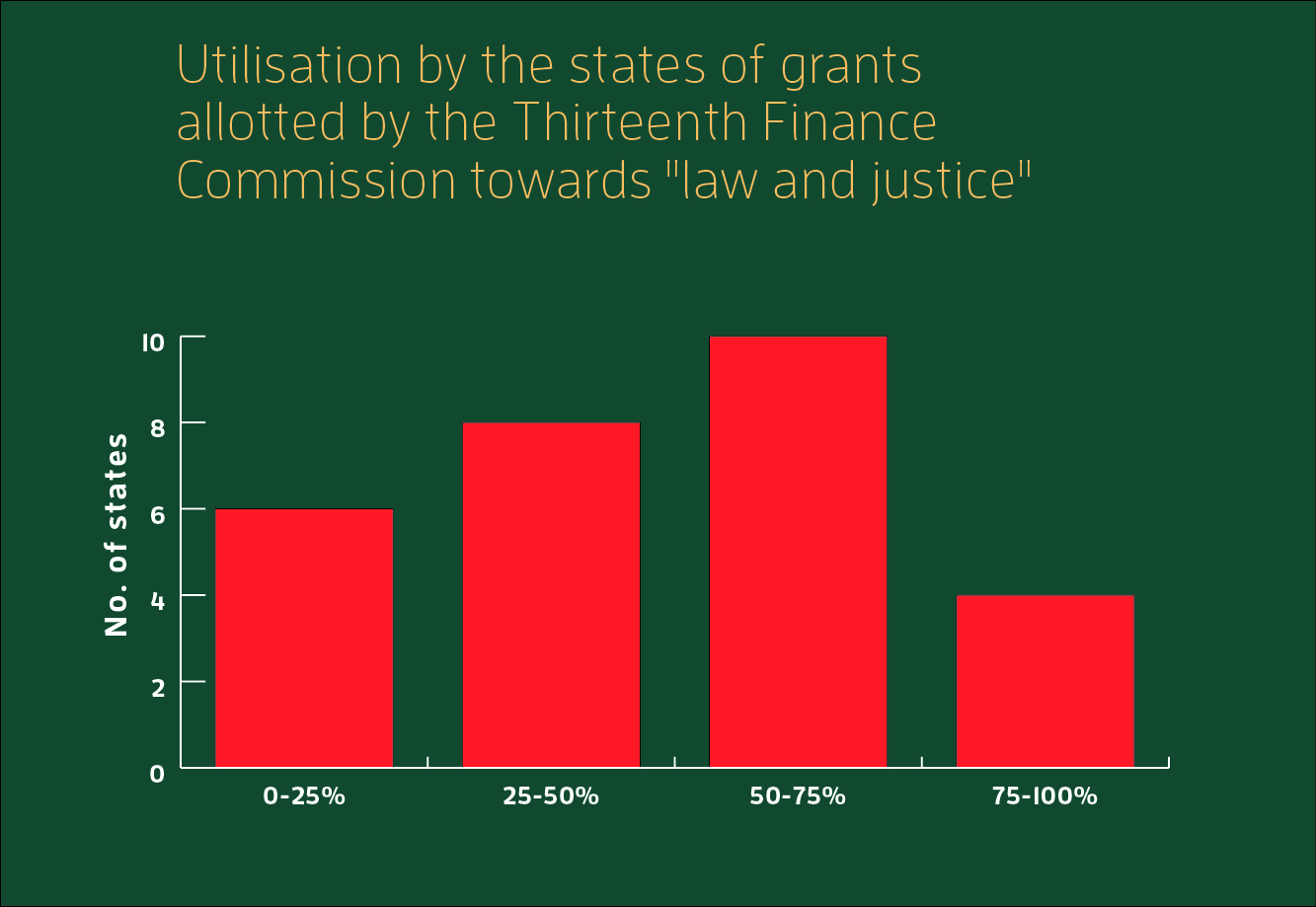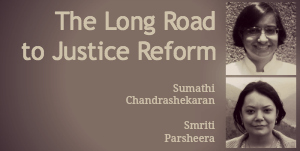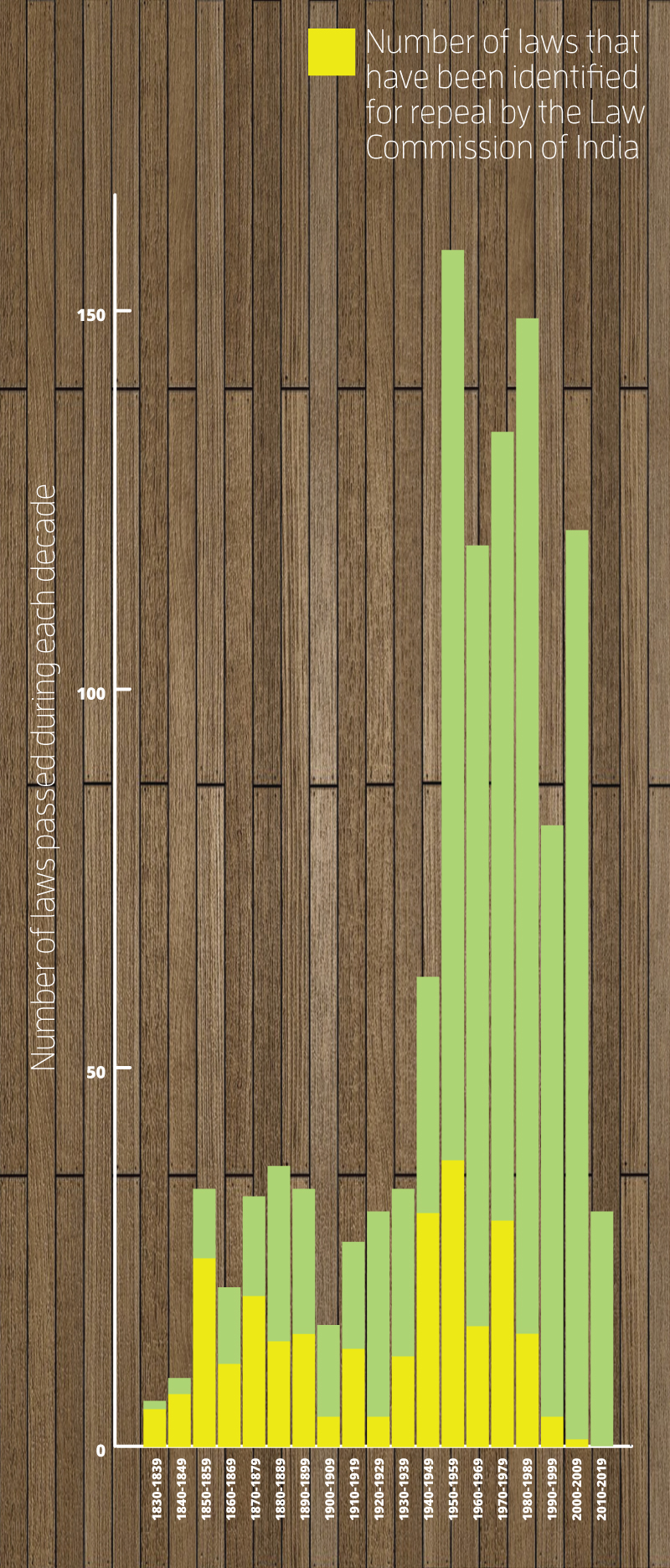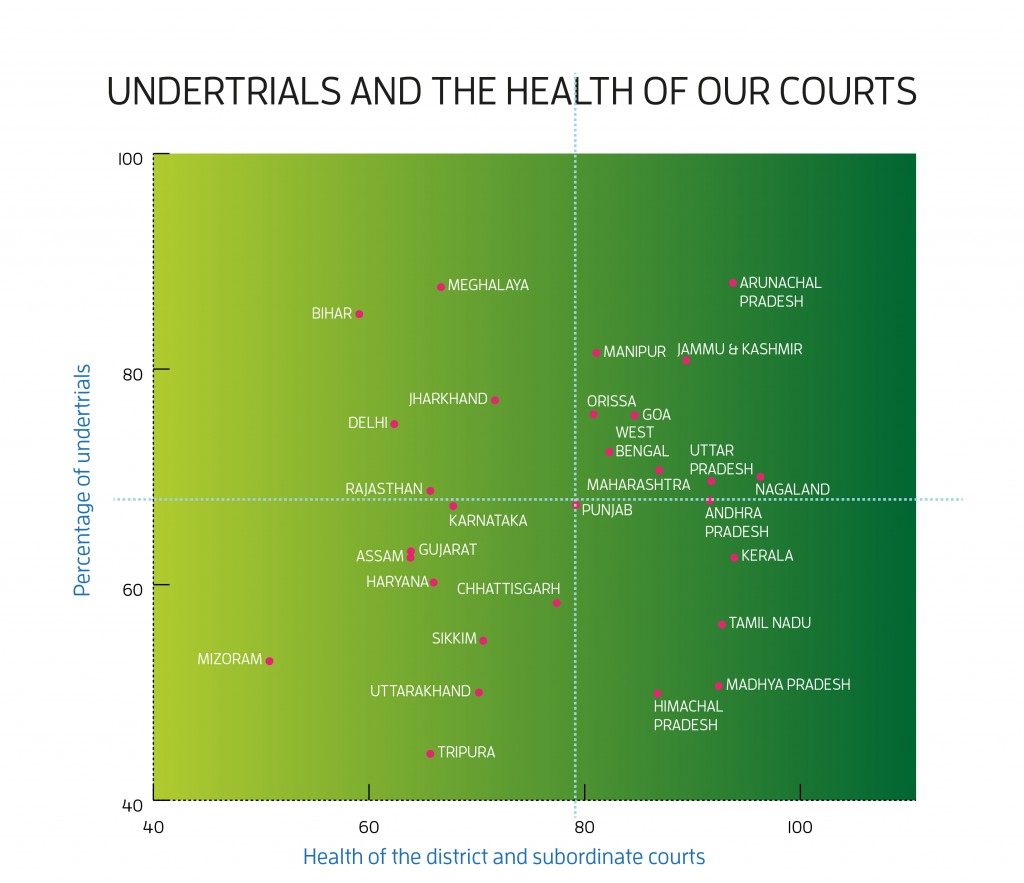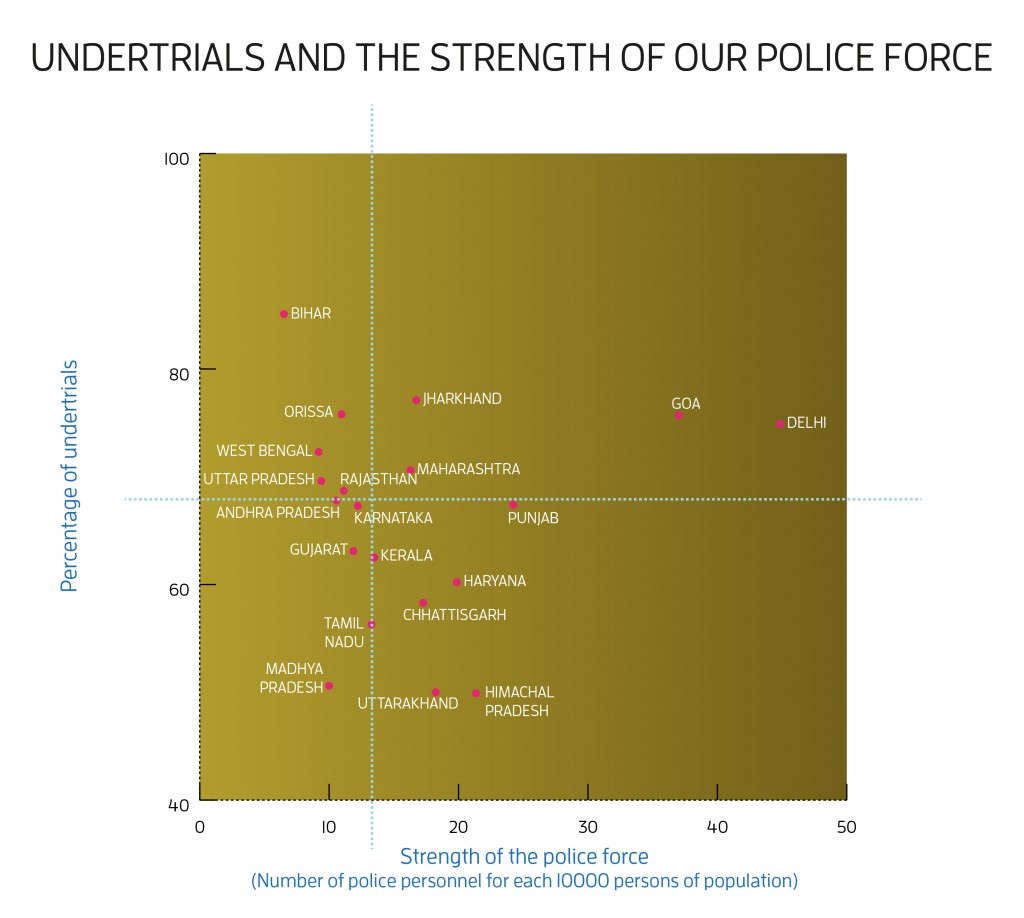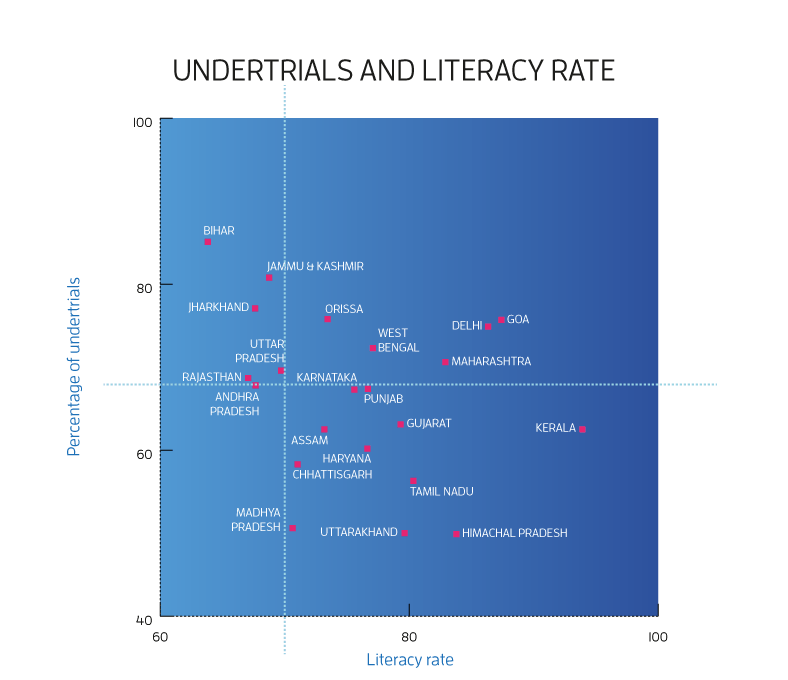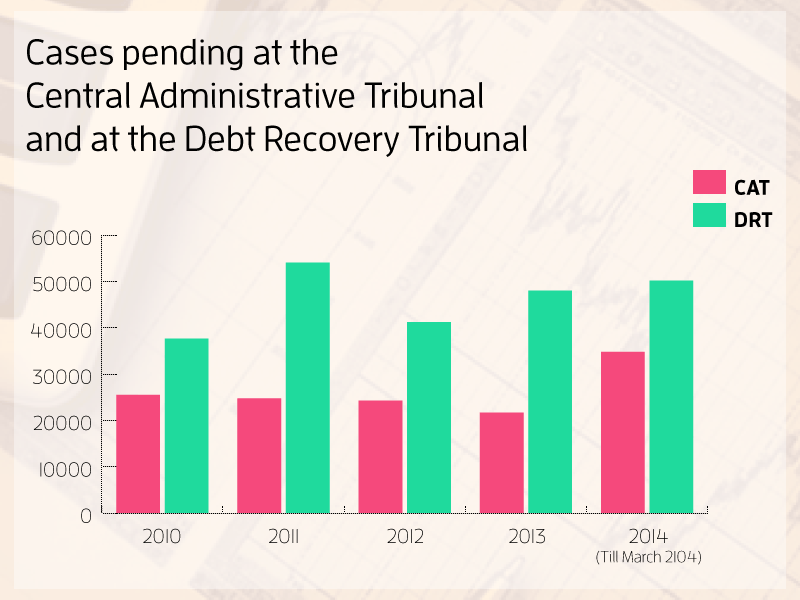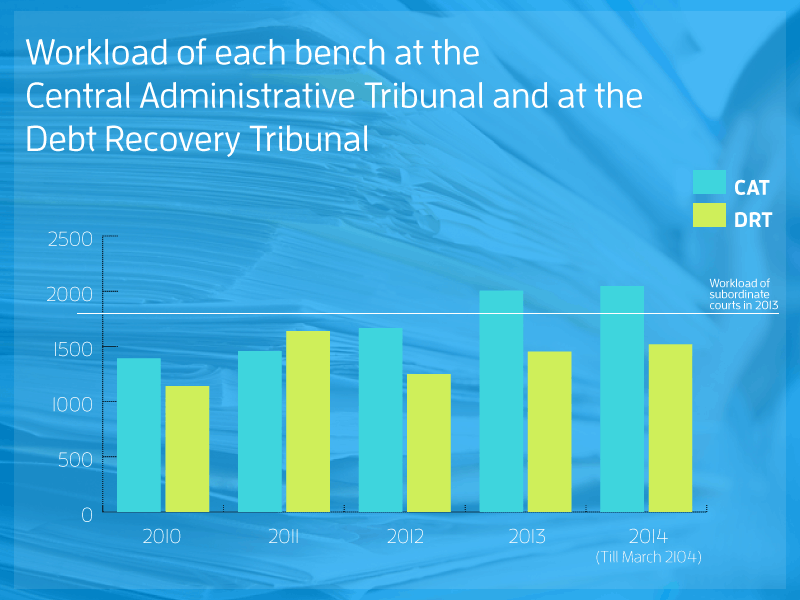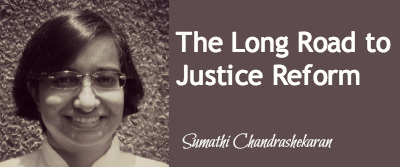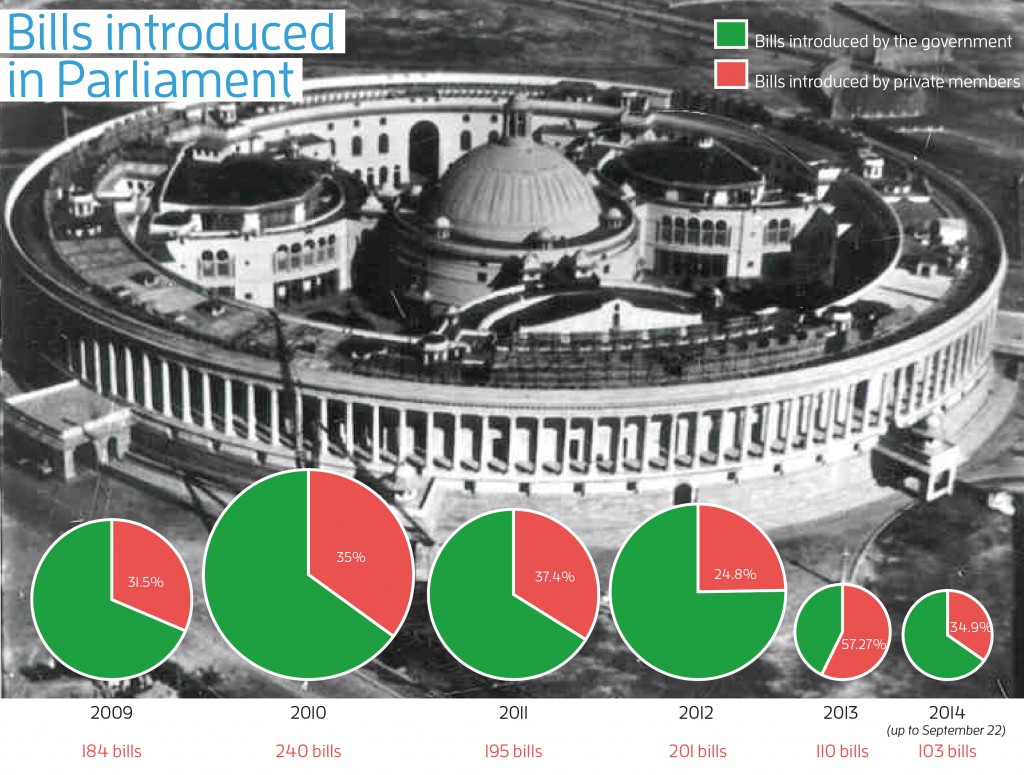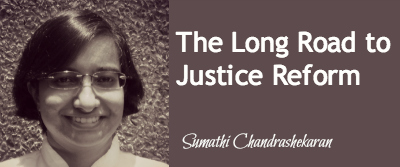 The Prime Minister’s now forgotten comment about “five star activists” in India’s courts provoked some introspection on public interest lawyering and legal aid systems. Some of the questions that arise do not have simple answers. For instance, do we know how much it costs to take up a cause in the court system and fight it through till the end? Do the funds allocated towards legal aid meet that requirement?
The Prime Minister’s now forgotten comment about “five star activists” in India’s courts provoked some introspection on public interest lawyering and legal aid systems. Some of the questions that arise do not have simple answers. For instance, do we know how much it costs to take up a cause in the court system and fight it through till the end? Do the funds allocated towards legal aid meet that requirement?
The most visible form of public interest lawyering is in that of the PIL, or “public interest litigation”. PILs came into their own in the 1980s as a form of litigation to protect the rights of people who are disadvantaged in some way or other. They necessarily involve public rights.
The cost of public interest lawyering
There is limited data on how many PILs are filed each year and on whose behalf, what course they take, and how much it costs. Varun Gauri of the World Bank, who attempted an empirical study some years ago of PILs at the Supreme Court, faced many challenges relating to the classification of cases and other data, and interestingly, concluded that only a very small number of cases were brought to the courts by co-operative entities like non-governmental organisations (“NGOs”).
The classification of cases as being those in public interest is one challenge. Identifying the costs involved is quite another. One method of studying this question is by understanding how the authorities fund the protection of the rights of disadvantaged persons. Since privately-backed NGOs are not likely to make their expenses public, public authorities are a better source of information. The government does not, as would be expected, have a budget for public interest litigation. However, it does make provision for legal aid, through the elaborately structured Legal Services Authorities Act, 1987 (“LSA Act”).
The cost of providing free legal services to the needy
The main body constituted under the LSA Act is the National Legal Services Authority (“NALSA”). It was set up in 1995 to provide “free and competent” legal services to the needy. The challenge it has faced over the years has been to ensure that this goal is really met.
NALSA’s funding has increased by more than five times between 2008-09 and 2015-16. According to the Union Budget, which apportions funds to NALSA, this money is meant to provide for “Law Officers, Legal Advisers and Counsels and also for Legal aid to the poor through National Legal Services Authority (NALSA).” It is not clear as to what portion of this amount is meant for the NALSA secretariat and its administration and management.
We may be able to understand NALSA’s expenditure in connection with legal aid better by dividing its budgetary allocation for a given year by the number of cases it addressed that year. Unfortunately, NALSA does not provide this data in a proper form. Its website only hosts one spreadsheet, according to which 7,178,178 cases were addressed through a lok adalat held on November 23, 2013.
Assuming that this was the only lok adalat held that year, then the approximate expense per settlement (based on the budget for 2013-14) would be a little less than Rs. 150. If more than one lok adalat was held by NALSA that year, which is a more likely scenario, then the cost per settlement would be much less. Does that seem odd? Or is it that India’s premier legal aid institution, in fact, functions with great efficiency and fiscal prudence?
Lok adalats are only a small part of NALSA’s role in providing legal aid. And that, in fact, is a major area of concern in the manner in which publicly funded legal aid services are designed in India. Under the LSA Act, the body is responsible for a host of activities.
It is supposed to assist identified categories of persons (such as women, children, members of scheduled castes and scheduled tribes, and disabled persons) in various aspects of mundane legal proceedings, such as the payment of court fees, arranging for lawyers, preparing briefs, and obtaining certified copies of documents.
It also has to host lok adalats periodically to help affected persons resolve their problems through alternate dispute resolution methods.
The NALSA is supposed to establish legal aid clinics in universities and colleges. It is also expected to periodically support the government of the day in implementing social sector schemes (such as through the Scheme for Supporting the Implementation of National Rural Employment Guarantee Scheme (NREGA), 2008).
Scattered approach, lack of data
In effect, NALSA is expected to multi-task on issues that actually need to be dealt with separately. The implementation of social sector schemes for instance, should not be mixed up with lok adalats. If the lakhs of cases that lok adalats “settle” include ensuring the issue of an Aadhaar card, is NALSA really performing its role in providing legal aid services? In fact, it appears as though NALSA has become a repository of leftovers in the legal aid landscape.
It also does not help that data on NALSA is practically absent. Besides occasional newspaper articles that claim that an extraordinarily large number of cases have been settled at a lok adalat (for example, see this), there is no information about the institution’s operations. The LSA Act requires it “to maintain up-to-date and complete statistical information, including progress made in the implementation of various Legal Services Programmes from time to time” (Section 6(g)). The information on its website (where such statistical information ought to be made available) suggests this requirement has not been met for several years.
NALSA is not the only body responsible for legal aid. It is, in fact, at the helm of an entire network of legal services authorities that permeate through the state, district, and taluka system in India.
Neglected state legal aid system poised for further neglect
The State Legal Services Authorities (“SLSAs”) perform a role similar to NALSA at the state level. They have received funds from the Thirteenth Finance Commission grants-in-aid made to state governments, but the Fourteenth Finance Commission has changed the funding structure slightly.
Unlike previous Finance Commissions that had recommended that state governments should receive a share in tax collections as well as sector- or scheme-specific grants-in-aid, the Fourteenth Finance Commission (download report) reduced grants-in-aid, and instead recommended an increased devolution of tax revenues to state governments.
In the area of justice reform, the Finance Commission specifically endorsed a proposal made by the Department of Justice (in the Union government) to strengthen judicial systems in states, but instead of offering grants-in-aid, urged state governments to use the additional tax revenues to meet such requirements.
The history of the utilitisation of the funds received by state governments from the Thirteenth Finance Commission suggests that most states are not inclined to fully use the funds they receive in aid. Since it is very unlikely that they will voluntarily allocate funds to projects that they are anyway not interested in, the future for SLSAs and legal aid at the state level does not look rosy.
In order to truly provide “free and competent” legal aid, it is essential to address some fundamental questions. What are the contours of legal aid? Is it ever-expanding and osmotic, or should it be restricted to court-related services? How many people really need free legal aid? Should there be economic criteria for providing such aid, or should criteria be socially prescribed? For instance, should every woman, regardless of her financial position, be entitled to free legal aid? How much does it cost to provide such legal aid? And what is the optimal organisational structure, if any such structure is required at all, for such an arrangement? The existing legal aid services mechanism in India needs to be urgently recast in light of these, and many other, questions.
(Sumathi Chandrashekaran is a lawyer working in the area of public policy.)

